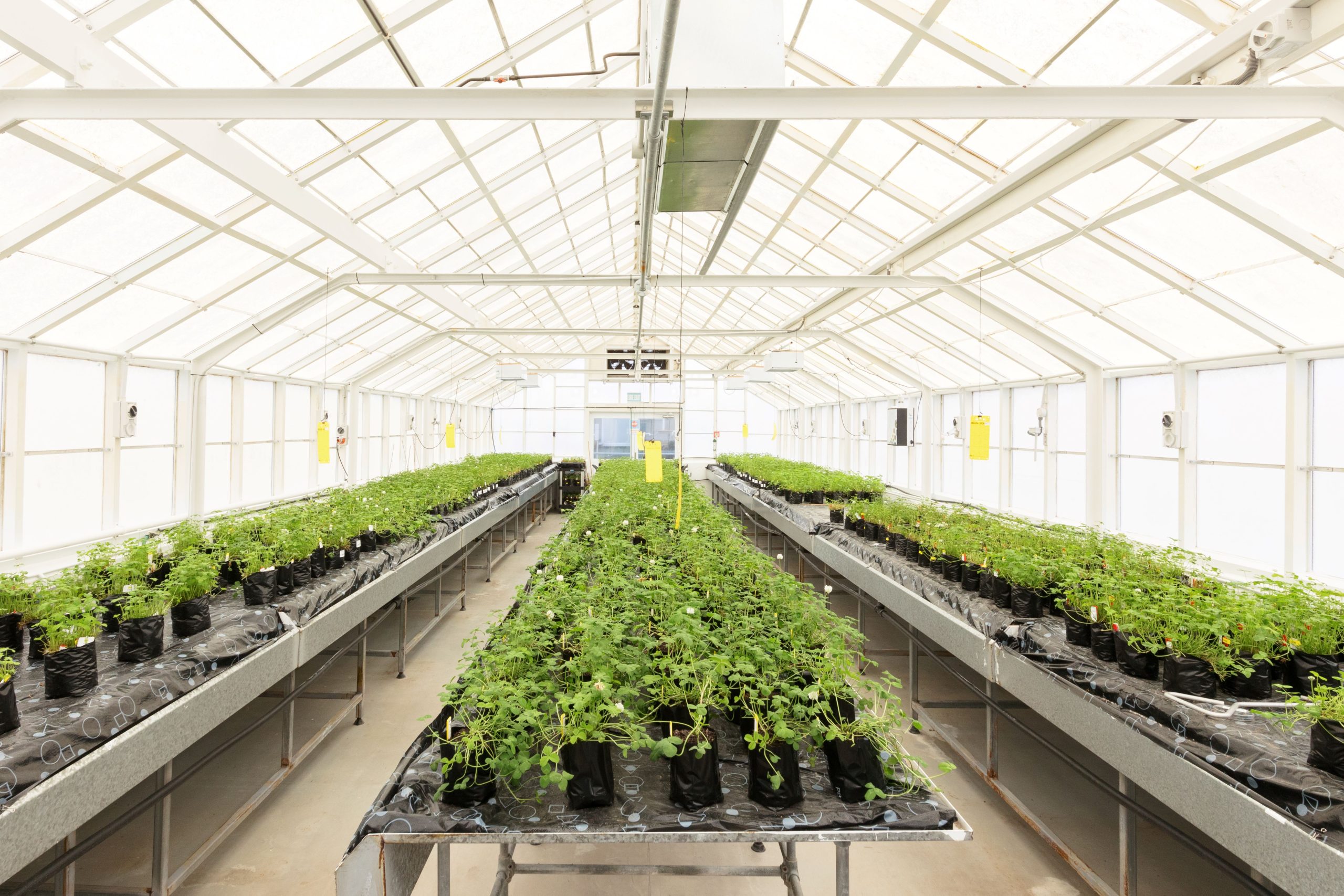Co-op focuses on the family
Fonterra has seen a significant increase in return and retention rates since implementing its new parental leave policy. By Sheryl Haitana.

 Fonterra made changes to its parental care leave policy a couple of years ago to offer more financial contributions, additional support to help parents return to work and support both parents in the exciting journey of parenthood. All of this was implemented to progress gender equality at the co-op.
Fonterra made changes to its parental care leave policy a couple of years ago to offer more financial contributions, additional support to help parents return to work and support both parents in the exciting journey of parenthood. All of this was implemented to progress gender equality at the co-op.
The co-op has seen a significant increase in return and retention rates since implementing the new policy and increasing the investment in return-to-work support.
For the financial year 2023 year, 92% of females on parental leave returned, and 79% of females were still there 12 months after returning the previous year.
“It’s been incredibly well received by our people. I think people appreciate the extra contribution from Fonterra to be able to have 26 paid weeks off and focus on their family,” Fonterra Managing Director People and Culture, Kate Daly says.

As part of its new policy, Fonterra tops up the government paid parental leave to 100% of a person’s normal salary for the 26-week period. It also matches KiwiSaver employer ontributions during the parental leave payment period and gives employees a one-off Kiwisaver contribution when they return to work, which is equivalent to the amount Fonterra would have contributed had the employee been at work during their unpaid leave.
Fonterra offers eligible partners two weeks paid leave at 100% of their base salary.
Employees returning from parental leave to Fonterra can also access the ‘Te Hokinga Mai’ programme, which is targeted at supporting parents returning to work through coaching and counselling support.
Hannah Craig, Fonterra Senior Communications Manager, has been a recipient of Fonterra’s extra contributions and support after recently returning to work from having a baby.
“I was fortunate to receive the leave payment recently. It made the period of being on parental leave an extremely positive experience. I didn’t feel at a disadvantage returning to work at Fonterra. It removed the stress from that time and it meant that I could focus on my son.”
Covid has also been a catalyst to more flexible working capability and opened up more opportunities for parents, Kate says.
Juggling work and children is no longer just the domain of women. Men are also seeking flexibility and wanting to engage in a different way of working.
Covid has been a reset with more men seeking flexibility and wanting to engage in a different way of working, Kate says.
“The more normalised flexible working is, the less stigma there is for women who do it.”
Fonterra supports flexible working where it’s needed, however, the focus remains on the importance of having people in the office environment.
“We want our people in the office because of the importance of team working and collaboration.
“It is also tough for the majority of our people, if you collect or process milk that’s something you can’t do from home. We acknowledge that working from home is a privilege.”
However, with employers being able to offer more flexible working conditions when it’s needed, such as having a baby, it gives employees the ability to get a better work/life balance and be in control of it, Kate says.
It also offers more opportunities for career progression; to work part time or work some days from home, instead of women hitting a glass ceiling when they start a family.
“We have quite a few women who work less than 40 hours a week who are in senior roles.”
“I am a huge advocate for progressing gender equality in the workplace, and I will continue to make it a key priority at Fonterra.”
Gender pay gap closing
Fonterra is still a relatively heavily male weighted organisation, with a 32% women representation, however, there is a strong focus to get more females working across the skill sets.
The pay gap when looking just at the ratio of female-to-male base salaries on a median basis is 0.96.
“So there is a 4% pay gap, which is quite favourable against the national statistic which is 8.6%,” Kate says.
For like-for-like positions the paygap has improved a little bit to 0.97, (3%).
“We put a huge amount of focus into it. We put specific salary budget aside every year to address the gap and we make sure when we bring people into the organisation we are not paying below a certain level.”
The pay gap for senior leaders has narrowed significantly and Fonterra is investing in building leadership capability across the organisation, which has helped elevate more women into senior roles, Kate says.
Fonterra has gone from one woman on its management team in 2001 to four, and now five out of the nine senior leaders are women which has grown significantly in the past two years.
The executive board currently sits at 35% female representation.
“The number of females in leadership roles has improved and that is a significant trend.
“Senior leaders are now sitting at just under 40% representation and the Fonterra management team is just over 50% representation.”
There has also been a real focus on getting more females into Fonterra’s apprenticeship programmes and the technical graduate programmes.
“A big focus for us is getting more females into technical aspects of the organisation, so we can see more female representation generally.
“There has been a significant focus around making accessibility to technical training and encouraging females to go in.”
Fonterra is partnering with other organisations active in the gender equality and gender pay space, such as partnering with Global Women, an organisation driving diversity in NZ. Fonterra is GenderTick accredited and is signed up to the Mind the Gap registry and the Go Crayon register where they publicise their gender pay gap results and their parental care leave policy.
- To view other companies’ parental leave policies visit www.gocrayon.com/register





